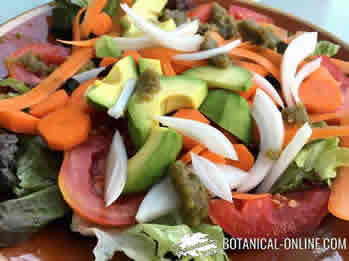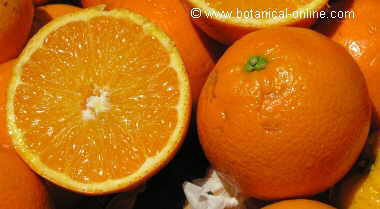Contents
- 1 Nutrition for muscle and joint recovery
- 1.1 Diet to recover injuries and joints
- 1.2 Factors to take care of the health of the bones and joints
- 1.3 Importance of training the muscles to remove pain
- 1.4 Nutrition for muscle or bone recovery
- 1.5 How should the diet be?
- 1.6 Importance of diet in injury rehabilitation
- 1.7 Protein-rich foods for the knee and joints
- 1.8 Why is it recommended to increase plant protein?
- 1.9 What high-protein foods are recommended?
- 1.10 Protein-rich foods that can be eaten throughout the day
- 1.11 Bone broth for the joints?
- 1.12 Are protein supplements like collagen necessary?
- 1.13 Healthy and anti-inflammatory fats for joints
- 1.14 Healthy energy foods
- 1.15 Vitamins and minerals to form structures
Nutrition for muscle and joint recovery
Diet to recover injuries and joints
Knee pain, elbow pain, or bone pain is a symptom that may indicate an injury. Other times, this pain may be residual from an old injury that is already healed, but that “the brain still perceives.” The most appropriate thing in any case is to go to an expert to make a diagnosis and guide an appropriate rehabilitation therapy.
The following article will provide information on how the diet should be to provide everything the body needs to regenerate bones, cartilage and muscles and increase recovery success. It also talks about what destroys bones, and other very important factors to take care of the health of the knee, joints and bones.
Factors to take care of the health of the bones and joints
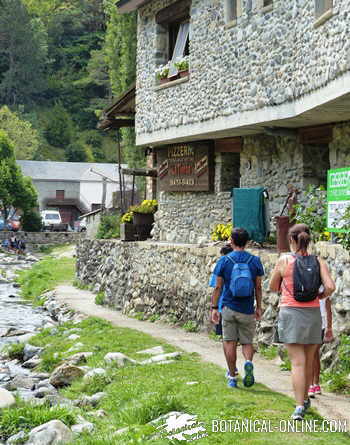
As mentioned above, you should go to a specialist who evaluates each particular case and prescribes the best treatment. In general, it could be said that there are three fundamental pillars in the healing of injuries and pain:
- Maintain strong muscles: Strong muscles are the best guarantee of having stronger bones and less risk of injury, which in the future will have an impact on having a better quality of life and autonomy. An untrained, atrophied or weak muscles will give more pain sensation.
- Food for bones and joints: There are foods that help reduce inflammation, relieve pain. Other components are necessary for the bone to build.
- Proper diet for bones: Although very healthy foods are consumed, they will not have effects if the diet and lifestyle do not accompany them. Tobacco, alcohol and sedentary lifestyle, the three great enemies of bones, should be avoided.
Importance of training the muscles to remove pain
The musculature is the “conscious” part that controls the movement of the joints and supports the bones. Weak muscles make it easier for injuries to appear. On the other hand, strong muscles are the best guarantee of having stronger bones and less risk of injury.
When the muscle is atrophied, it may give us a sensation of pain, which usually occurs after long periods of immobilization or rest. Therefore, it is important that after an injury or immobilization time, or when there is pain in the bones or in any part of the body (ankle, knee, cervical, back…), therapies are carried out to increase the muscles (provided that exercise is not contraindicated).
Physiotherapy exercises led by an expert are recommended to strengthen all muscular systems. Investing time and perseverance in having strong muscles is what will have the greatest impact on removing pain and, in the future, will give us more quality of life and autonomy. At the same time, nutrition will also be very important.
Nutrition for muscle or bone recovery

The diet for the knee or the joints is a healthy diet in which the contribution of nutrients involved in the recovery of the muscle, joints, ligaments or bones affected by an injury affected.
How should the diet be?
The diet must provide enough energy, protein, essential fatty acids, calcium, magnesium, vitamins and antioxidants. All of them are necessary nutrients for the body’s recovery.
Importance of diet in injury rehabilitation
Good nutrition is very important when injuries appear. For example, after suffering fractures, insufficient diet can accelerate dementia in older people.
In case of obesity, it is advisable to lose weight, to reduce the weight that the lower extremities have to bear, in addition to other benefits.
Protein-rich foods for the knee and joints
Proteins are essential for making new tissues, muscles, bones, and joints. That is, in each meal of the day you should eat some food rich in protein.
In both vegetarian and non-vegetarian diets, at lunch and dinner, foods with many vegetable proteins and minerals such as tofu, tempeh, seitan or legumes (lentils, chickpeas, beans, hummus, beet hummus, etc.).
These dishes can be accompanied with cheese or egg, because it will provide an extra complete protein.
Why is it recommended to increase plant protein?
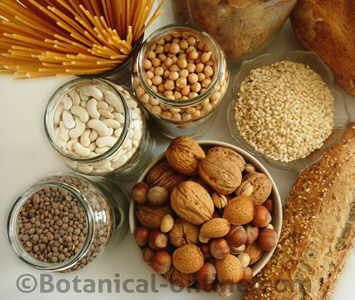 At the same amount of protein, vegetable proteins provide much more magnesium, calcium, manganese, boron, vitamin K and, ultimately, many more “good components for bones” that meat does not have.
At the same amount of protein, vegetable proteins provide much more magnesium, calcium, manganese, boron, vitamin K and, ultimately, many more “good components for bones” that meat does not have.
What high-protein foods are recommended?
- Especially tofu, it has a very high amount of protein, calcium and magnesium and, due to its easy preparation, it is a quick and inexpensive recipe that can save many meals.
- In non-vegetarian diets, one of the most interesting foods that can be consumed are sardines, anchovies and small fatty fish. They are like “the philosopher’s stone” of many nutrients as they top the lists of foods richest in vitamin B12, folic acid, iron, calcium and protein.
- Oatmeal, which is usually taken in the form of oat flakes, is one of the cereals with more protein, highly recommended in the diet for athletes and when it is necessary to increase the protein intake of the diet (It can be taken in flakes, or in the form of crackers, porridge, yogurt, etc.)
 Nuts are also foods rich in protein and also provide important minerals for tissue regeneration, such as calcium, magnesium, phosphorus or trace elements such as boron. Nothing better than having seeds always on hand to season any recipe, vegetable dishes, omelettes, salads or desserts.
Nuts are also foods rich in protein and also provide important minerals for tissue regeneration, such as calcium, magnesium, phosphorus or trace elements such as boron. Nothing better than having seeds always on hand to season any recipe, vegetable dishes, omelettes, salads or desserts.- Almonds are very suitable (very rich in magnesium). Brazil nuts are very rich in antioxidants such as vitamin E and selenium.
- Quinoa is very rich in protein and also contains omega 3, but it must be washed properly to reduce its content in saponins (which decrease mineral absorption).
Protein-rich foods that can be eaten throughout the day
Outside of the main meals, some snacks rich in protein can be: 2 yogurts with muesli, cheese, almonds, walnuts, dried fruit truffles, dried fruit, fig bread, etc.
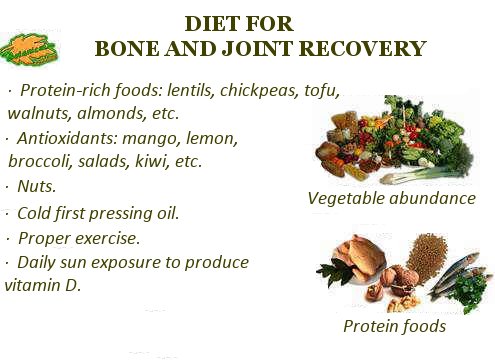
Summary sheet of important nutrients for the recovery of joints such as the knees
Bone broth for the joints?
Some experts recommend introducing certain meats that are rich in hyaluronic acid or chondroitin sulfate. These components are present in the joints and have the function of lubricating and protecting them. Some rich foods are: monkfish, cod, fish broth, bone broth, and pig’s feet.
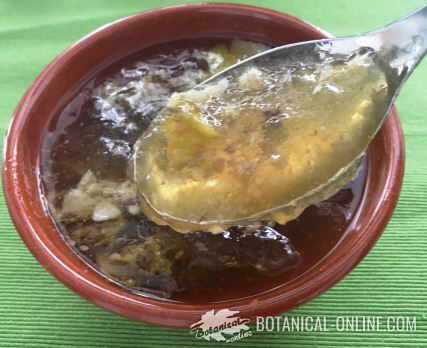 Non-vegetarians or those who do not like this recipe, do not have a deficit of these components, since the body can produce them (more information)
Non-vegetarians or those who do not like this recipe, do not have a deficit of these components, since the body can produce them (more information)
Are protein supplements like collagen necessary?
It is not necessary to take collagen supplements because it is just as effective – and more nutritious – to eat a healthy diet of high-protein foods at every meal of the day.
From these foods, along with vitamin C from fruits, the body naturally makes its own collagen. It is only recommended to use protein supplements when the requirements are very high or when there are chewing problems, for example in old age.
Healthy and anti-inflammatory fats for joints
Foods rich in healthy fats provide us with essential fatty acids (omega 3 and omega 6) and antioxidants such as vitamin E, which help reduce inflammation and improve tissue health. These fats are found in avocados and nuts (especially walnuts), extra virgin olive oil, and unrefined vegetable oils.
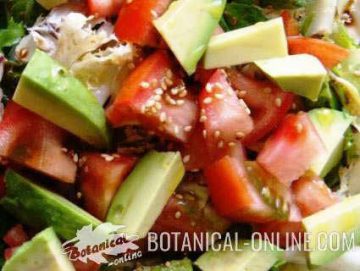
Homemade guacamole sauce and homemade garlic oil sauce are also healthy alternatives to industrial sauces with poor quality fats.
Healthy energy foods
Foods rich in carbohydrates are necessary to take advantage of all the nutrients that we provide. If the body does not receive enough energy, it will use protein as an energy source instead of using it to regenerate tissues.
Tubers, cereals and legumes also fulfill prebiotic functions as they are foods rich in fiber and resistant starches: oat flakes, brown rice, etc. Quinoa and buckwheat are pseudo-cereals that contain many proteins. Legumes provide carbohydrates and vegetable proteins.
Whole foods and legumes are best put in a long soak before to better assimilate their nutrients, improve the bioavailability of their proteins and eliminate their phytates and antinutrients.
Vitamins and minerals to form structures
In any injury, it is essential to follow medical and physiotherapist treatment. It is advisable to see a dietitian if there are doubts or difficulties about healthy eating.
There are certain foods that provide lots of vitamins and minerals to regenerate bones. Knowing what these foods are is important to regularly introduce them into our diet.
![]() More information on joint remedies
More information on joint remedies

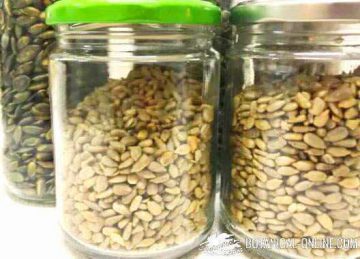 Nuts are also foods rich in protein and also provide important minerals for tissue regeneration, such as calcium, magnesium, phosphorus or trace elements such as boron. Nothing better than having seeds always on hand to season any recipe, vegetable dishes, omelettes, salads or desserts.
Nuts are also foods rich in protein and also provide important minerals for tissue regeneration, such as calcium, magnesium, phosphorus or trace elements such as boron. Nothing better than having seeds always on hand to season any recipe, vegetable dishes, omelettes, salads or desserts.


